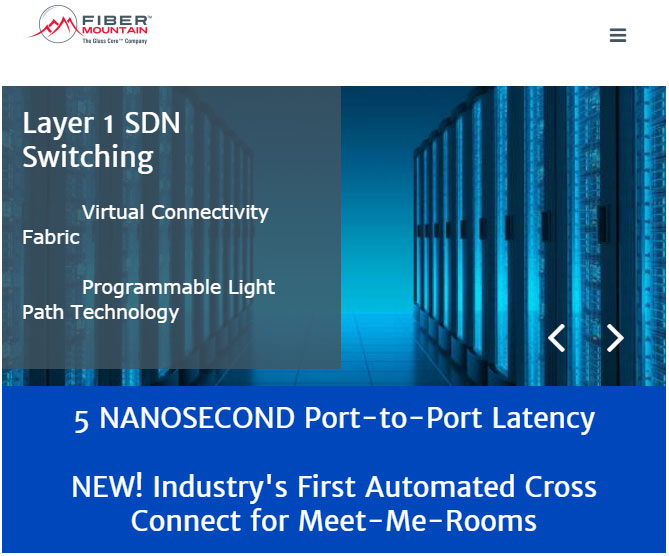Data Center Hyperscalability Key for Future Growth
The global technology landscape is more reliant than ever on data centers to deliver information to individual consumers as well as public and private organizations. Whether a consumer is streaming a game or a business needs real-time insight to improve customer service, the information they need is stored in data centers. And as the number of requests for the data continues to increase, operators need the ability to scale simply and cost-effectively to meet the demand.
This requires data centers to be designed intelligently, not only to lower total cost of their IT ownership, but to also address demand.
As reported on telecomasia.net, Qawa Darabi, Head Of Cloud Business at Ericsson South East Asia and Oceania said, “Today’s design assumptions for the underlying compute, storage and network infrastructures in today’s data centers won’t hold up.”
It is estimated companies will soon be needing ten times the IT capacity they need now, and it is fair to assume not every organization will be able to afford the upgrade. That is where the new designs in data centers as well as networks come in. Software Defined Networking (SDN) and Network Functions Virtualization (NFV) are delivering on their promise, but data centers still need more innovations.
According to Darabi, “Data centers need to deliver on a new era of rapid service delivery, as well as granular monitoring and management of resources and services. Across network, storage and compute there is a need for a new approach to deliver the scale and efficiency required to compete in a future where ‘hyperscale’ is a pre-requisite.”
Unlike traditional data centers, a Hyperscale data center has an architecture designed to provide a single, massively scalable compute architecture. It is made up of many nodes that are then clustered to function as a single unit. The deployment can be made from off the shelf servers that are much cheaper than propriety hardware and software.
This type of architecture delivers the flexibility and scalability needed to realize computers on the fly, whether it is for a small deployment, massive scale or anything in between.
Darabi recommends to standardize on one set of technologies, develop a “combine and consolidate” strategy, create proper levels of abstraction to expose cloud functionality, automate as many functions as possible and strict governance.
As his recommendations point out, there is no single solution that will deliver the reliable hyperscale data center that is needed for today’s businesses. It a combination of hardware, software, management and continued innovation that will ensure the delivery of scale.
Darabi goes on to say, “Adoption of this approach enables disruptive economics by delivering the economic benefits enjoyed by the leading public cloud providers to a private cloud environment.”
Edited by Kyle Piscioniere


